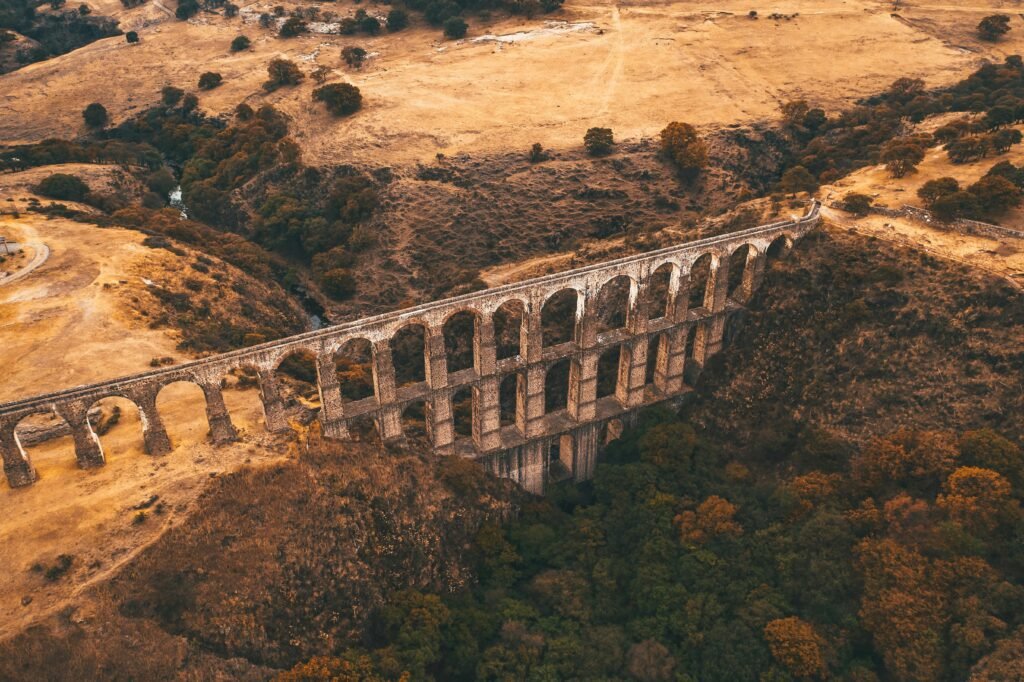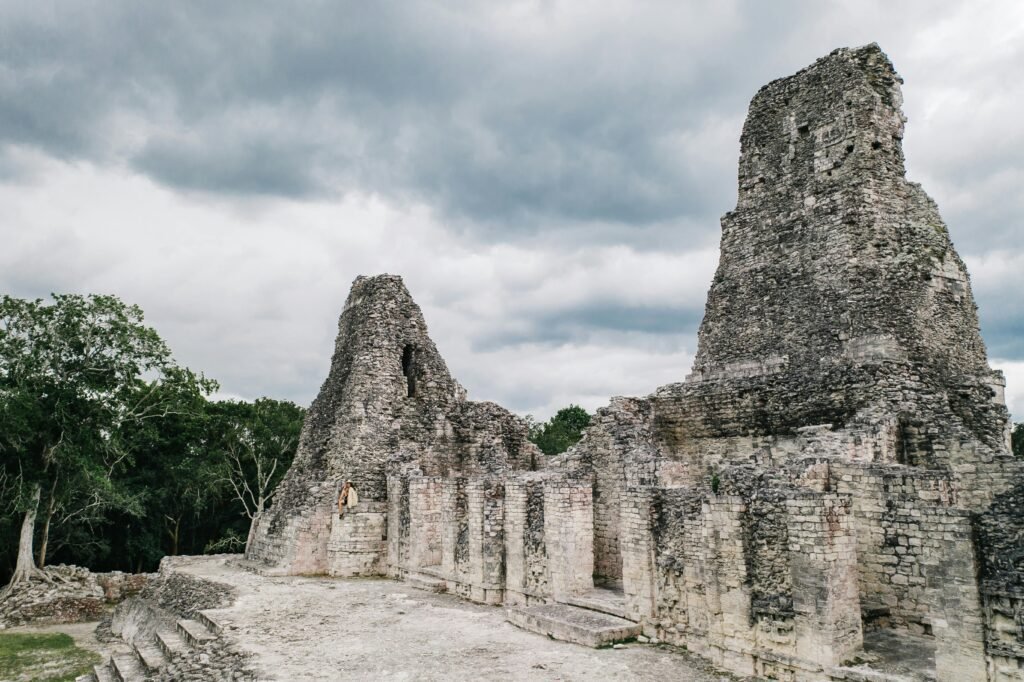Exploring Ancient Art: A Journey Through Time and Cultures
Introduction
Imagine standing before a 40,000-year-old cave painting, feeling the weight of human history in every brushstroke. These ancient masterpieces aren’t just pretty pictures—they’re windows into the souls of our ancestors.
Ancient artz isn’t just about aesthetics – it’s a time machine that lets us peek into the minds of people who lived thousands of years ago. When we look at prehistoric art, we’re not just seeing images; we’re witnessing the birth of human imagination and symbolic thinking. It’s like catching a glimpse of humanity’s first dreams, etched onto cave walls or carved into bone.

Critical milestones in early art history:
The story of ancient artz is filled with “wow” moments that changed everything. Picture this: 30,000 years ago, someone decides to paint a wooly mammoth on a cave wall in France. Fast forward to 35,000 BCE, and you’ve got the Venus figurines – tiny sculptures that might be the first representations of the divine feminine. Then, around 3000 BCE, people start moving massive stones to create structures like Stonehenge. Each of these milestones shows how our ancestors were pushing the boundaries of what was possible with art.
Ancient Artz in Different Cultures
Art isn’t a one-size-fits-all deal – every culture has its own unique way of expressing itself. It’s like each civilization is adding its own special flavor to the grand buffet of human creativity. From the pyramids of Egypt to the temples of India, ancient artz gives us a front-row seat to the hopes, dreams, and beliefs of people all around the ancient world.
Egyptian Artistry
When you think of ancient Egypt, what pops into your head? Chances are, it’s the pyramids or the Sphinx. These massive monuments aren’t just tourist attractions – they’re a testament to the Egyptian obsession with eternal life. But Egyptian art isn’t all about big structures. Take a look at their hieroglyphics, and you’ll see a whole language made up of tiny pictures. It’s like they turned writing into an art form!
Greek and Roman Classics
The Greeks and Romans really knew how to make a statue! Their art evolved from stiff, formal figures to sculptures so lifelike you might expect them to start talking. And let’s not forget about their pottery – these weren’t just containers for wine and olive oil. Greek vase painters turned everyday objects into masterpieces, covering them with scenes from myths and daily life. It’s like they were creating the comic books of the ancient world!
Asian Artistic Traditions
Hop over to Asia, and you’ll find a whole new world of ancient artz. In China, bronze workers were creating vessels that were both beautiful and functional – imagine drinking from a work of art! Indian artists, on the other hand, were carving entire stories into the walls of their temples. It’s like they turned stone into a giant picture book. And in Japan, artists were proving that sometimes less is more with their elegant ink paintings.
Pre-Columbian American Art
The ancient Americas were a hotbed of artistic innovation. Mayan artists were carving intricate stelae that served as both historical records and impressive displays of power. The Aztecs were creating sculptures that embodied their complex beliefs about the cosmos – it’s like they were trying to capture the entire universe in stone. And let’s not forget the Incan weavers, who were telling stories and showing off social status through their colorful textiles.

The Role of Symbolism in Ancient Artz
Ancient art isn’t just about making pretty pictures; it’s packed with hidden meanings. Symbols were the emojis of the ancient world, letting artists pack a ton of meaning into a single image. A lotus flower in Egyptian art isn’t just a pretty plantart—it’s a symbol of rebirth and the sun. And that Greek guy holding a thunderbolt? Yeah, that’s Zeus, king of the gods.
These symbols weren’t just for show; they were a way for ancient people to make sense of their world and connect with the divine. It’s like they were creating a visual language that could bridge the gap between earth and heaven. By understanding these symbols, we can start to decode the messages our ancestors left behind in their art.
Techniques and Materials
Our ancestors were pretty darn clever when it came to making art. They didn’t have art supply stores, so they had to work with what nature gave them. But boy, did they make the most of it! From carving mammoth tusks to painting with crushed minerals, ancient artists were masters of innovation.
Common materials in ancient art:
Ancient artists were like the MacGyvers of their time, turning ordinary materials into extraordinary art. They carved stories into stone, shaped metal into gleaming treasures, and transformed humble clay into vessels fit for kings. Pigments from the earth brought their creations to life with vibrant colors, while wood and textiles allowed for more delicate and intricate works. It’s amazing to think that these simple materials, in the hands of skilled artisans, could create works that have lasted for thousands of years.
Stone Carving
Imagine trying to turn a giant block of marble into a lifelike human figure using nothing but simple metal tools. That’s exactly what ancient sculptors did! It wasn’t just about chipping away stone – these artists had to really understand human anatomy and the properties of different types of rock. The result? Sculptures so lifelike you almost expect them to start breathing.
Metalworking
Ancient metalworkers were like alchemists, transforming dull lumps of ore into dazzling works of art. They figured out how to mix different metals to create alloys like bronze, which could be cast into intricate shapes. Goldsmiths developed techniques like granulation, where they’d attach tiny beads of gold to create amazingly detailed patterns. It’s mind-blowing to think about the skill and patience it took to create these masterpieces.
Ceramics
Playing with mud isn’t just for kids – ancient potters turned it into an art form! They learned how to shape clay into all sorts of useful and beautiful objects, from simple cups to elaborate figurines. The invention of the potter’s wheel around 3500 BCE was a game-changer, allowing for more symmetrical and refined pieces. And let’s not forget about the decorating – ancient ceramicists developed all sorts of techniques for adding color and texture to their creations.
Painting
From cave walls to Roman frescoes, ancient painters really knew how to make an impact. They developed all sorts of clever techniques to make their art last. Egyptian artists, for example, would carve their designs into stone before adding paint, creating reliefs that have stood the test of time. And those Roman fresco painters? They had to work fast, applying pigment to wet plaster before it dried. Talk about pressure!
Textiles
Weaving isn’t just about making clothes – it’s a way of telling stories and showing off social status. Ancient textile artists were masters of their craft, creating intricate patterns and images using nothing but thread. The Incas, for example, used a technique called backstrap weaving to create fabrics so fine they were almost transparent. And in ancient Egypt, linen weavers could produce cloth so delicate it was fit for pharaohs.
Preservation and Legacy
Keeping ancient artz alive for future generations is no easy task. It’s like trying to stop time – these fragile masterpieces are constantly under threat from everything from air pollution to well-meaning but clumsy tourists. But thanks to dedicated conservators and cutting-edge technology, we’re finding new ways to protect and study these priceless artifacts.
Conservation Challenges
Preserving ancient art is a bit like being a doctor for really old patients. Conservators have to diagnose what’s wrong, come up with a treatment plan, and apply it carefully without causing any harm. It’s a delicate balance between preserving the original artwork and making sure it’s stable enough to survive for future generations to enjoy.
Ethical Considerations
Who really owns ancient art? It’s a tricky question that’s causing heated debates all over the world. On one hand, you have museums that have been caring for these artifacts for centuries. On the other hand, you have countries of origin who want their cultural heritage back. It’s like a global game of tug-of-war with priceless artifacts in the middle.
The Parthenon Marbles
The Parthenon Marbles are like the poster child for art repatriation debates. These ancient Greek sculptures have been hanging out in the British Museum since the early 19th century, but Greece really wants them back. It’s not just about ownership—it’s about national identity and cultural heritage. This debate has been going on for decades, and it doesn’t look like it’ll be resolved anytime soon.
Digital Preservation and Access
Technology is changing the game when it comes to studying and experiencing ancient art. With 3D scanning and virtual reality, we can now examine artifacts in ways that would have been impossible just a few years ago. It’s like having a time machine and a super-powerful microscope all rolled into one!
The Continuing Influence of Ancient Artz
Ancient artz isn’t just gathering dust in museums – it’s alive and kicking in our modern world. From fashion designers inspired by Greek vase patterns to architects channeling the spirit of ancient temples, the influence of ancient artz is all around us. It’s like these ancient artists are still speaking to us, inspiring new generations of creators.

FAQ’s
What is the oldest regarded piece of Ancient Artz?
The oldest known piece of figurative art is a 40,000-year-old cave painting of a wild pig found in Indonesia. But humans were making abstract designs even earlier – some simple patterns found in South African caves might be as old as 70,000 years!
How was Ancient Artz used in daily existence?
Ancient artz wasn’t just for looking pretty – it played a big role in everyday life. People used art for religious rituals, to show off their social status, to decorate their homes, and even to help remember important events. It’s like they were surrounding themselves with meaningful images and objects.
What substances have been typically used in Ancient Artz?
Ancient artists were masters of working with natural materials. They used stone for sculptures and buildings, metals like bronze and gold for jewelry and statues, clay for pottery, and natural pigments for painting. They even used materials like ivory and precious gems to create luxury items for the elite.
Why is symmetry essential in Ancient Artz?
Many ancient cultures saw symmetry as a reflection of divine order and perfection. It’s like they were trying to capture the harmony of the universe in their art. But it wasn’t just about looks – symmetry also made buildings more stable and helped artists create balanced compositions.
How has Ancient Artz influenced modern art?
Ancient artz continues to inspire modern artists in all sorts of ways. Some artists directly reference ancient themes or techniques, while others are influenced more subtly by the forms and ideas of ancient art. It’s like there’s a direct line connecting artists across thousands of years, all part of the same grand tradition of human creativity.
Conclusion
Ancient artz isn’t just a bunch of old stuff in museums – it’s a vibrant, living connection to our shared human heritage. When we look at a cave painting or an ancient sculpture, we’re not just seeing an image—we’re connecting with the hopes, fears, and dreams of people who lived thousands of years ago. It’s like shaking hands with our ancestors across millennia.
Studying ancient art isn’t just about appreciating pretty objects; it’s about understanding where we come from and who we are as humans. In our fast-paced, high-tech world, these timeless expressions of creativity remind us of the fundamental human urge to create and communicate. They show us that no matter how much the world changes, some things—like our need to express ourselves through art—remain constant.
So next time you’re near a museum or archaeological site, take some time to check out some ancient art. Who knows? You might just find yourself face-to-face with a masterpiece that speaks to you across the ages. After all, that’s the real magic of ancient they’reart. its ability to connect us with our shared human story, no matter when or where we live.


